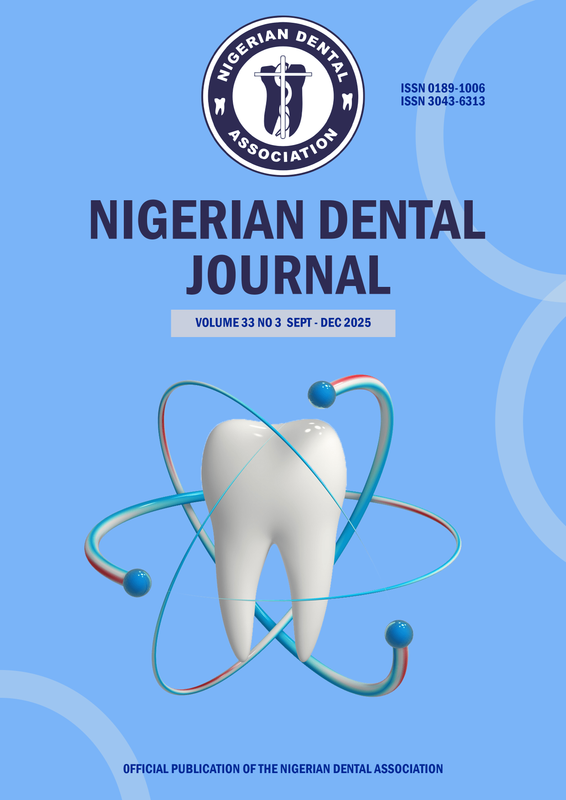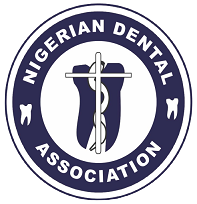A longitudinal study of the prevalence of gingival bleeding among selected Nigerian pregnant women
DOI:
https://doi.org/10.61172/ndj.v20i1.118Keywords:
Bleeding, Gingival, Pregnancy, WomenAbstract
Objective: To assess the prevalence of gingival bleeding following gentle periodontal probing during pregnancy as compared to after child birth in the same set of women.
Method: Three hundred and eighty-four consecutive pregnant women in third trimester were selected at the antenatal clinics of Adeoyo Maternity Hospital, and the University College Hospital, both in the city of Ibadan, south western part of Nigeria. An 18-item questionnaire was administered on the subjects to obtain information on their use of oral contraceptive prior to getting pregnant, their experiencing gingival bleeding at any point in time before or during pregnancy and their methods of oral hygiene procedure. This was followed by intra-oral examination to assess the presence or absence of gingival bleeding, which was determined by gentle probing of the gingival crevice with a Community Periodontal Index of Treatment Needs (CPITN) probe. The appearance of bleeding within 10 seconds indicates a positive score. The same set of women were re-examined at two other occasions following child birth.
Result: Seventy-two (20.9%) of the subjects reported that they had been experiencing gingival bleeding during toothbrushing before the study. Two-hundred and sixty-one of the subjects bled during pregnancy and this reduced to 192 and 127 at the 6th and 14th week post-partum examination respectively. There was a statistically significant difference in the gingival bleeding on probing during pregnancy in comparison to the 6th and 14th week postpartum periods respectively (p = 0.000).
Conclusion: The study shows that pregnancy must have played a major role in the tendency for the gingiva to bleed as there was statistically significant reduction in gingival bleeding following parturition.
Downloads
Downloads
Published
Issue
Section
License
Copyright (c) 2012 O. I. Opeodu, E. B. Dosumu, M. O. Arowojolu

This work is licensed under a Creative Commons Attribution 4.0 International License.
Open Access Statement
- We became fully Open Access since January 2023.
- Our new and archived materials are available free of charge on open basis and under a Creative Commons license as stated below.
Copyright statement
Copyright © 1999 The authors. This work, Nigerian Dental Journal by Nigerian Dental Association is licensed under Creative Commons Attribution 4.0 International License.

